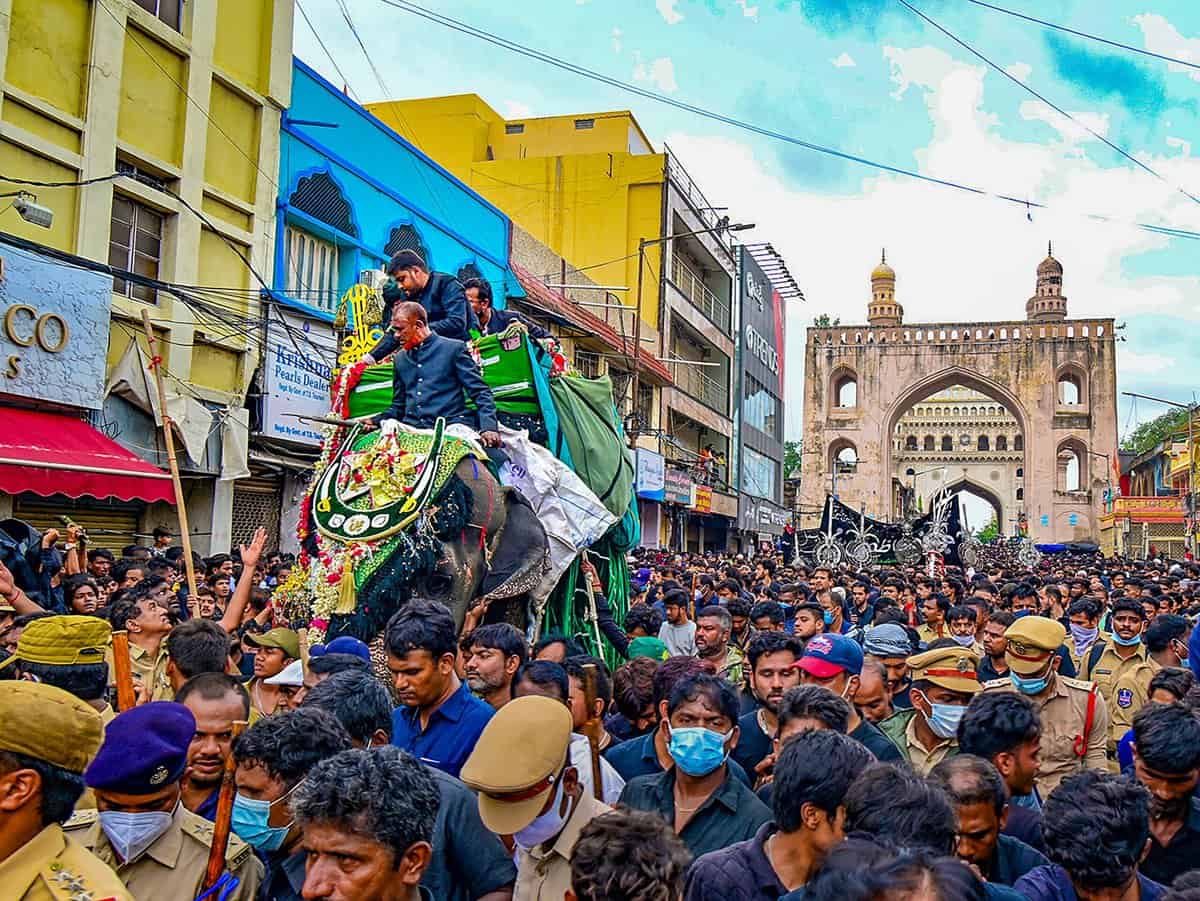
Hyderabad: What does Hyderabad and Mysore have in common? No prizes for guessing. It is the fervour and zeal with which they observe Muharram and celebrate Dussehra. While Hyderabadis go all out to mark the triumph of truth over falsehood, the Mysorians do the same to commemorate the victory of good over evil. Both the events draw huge crowds and culminate in long-winding processions. Another common factor is the use of elephants to carry the historic relics. While in Mysore a decorated pachyderm carries the idol of Goddess Chamundeshwari, in Hyderabad a caparisoned elephant transports the Bibi-ka-Alam on Youm-e-Ashoora, the tenth day of Muharram.
Well, the similarities between the religious rites of the two faiths end here. However, in Hyderabad Muharram, which marks the commencement of the new Islamic year, has both religious and historic significance. Particularly, Azadari (mourning), the highlight of Muharram is a subject by itself. The practice of public display of grief and lamentation is as old as Hyderabad. Charminar, the city’s most famous icon, is believed to contain many Shiite symbols, including an ‘Alam’ (copy of battle standards) in its stucco work. Qutb Shahi rulers, who were Shiite themselves, built a number of Ashoor Khanas (places where Alams are installed and mourning done) and funded the religious activities. The Asaf Jahi dynasty, which succeeded them, continued the tradition since its rulers, although Sunni married Shiite women.
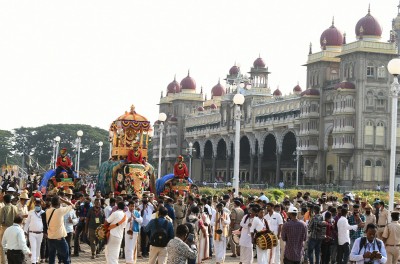
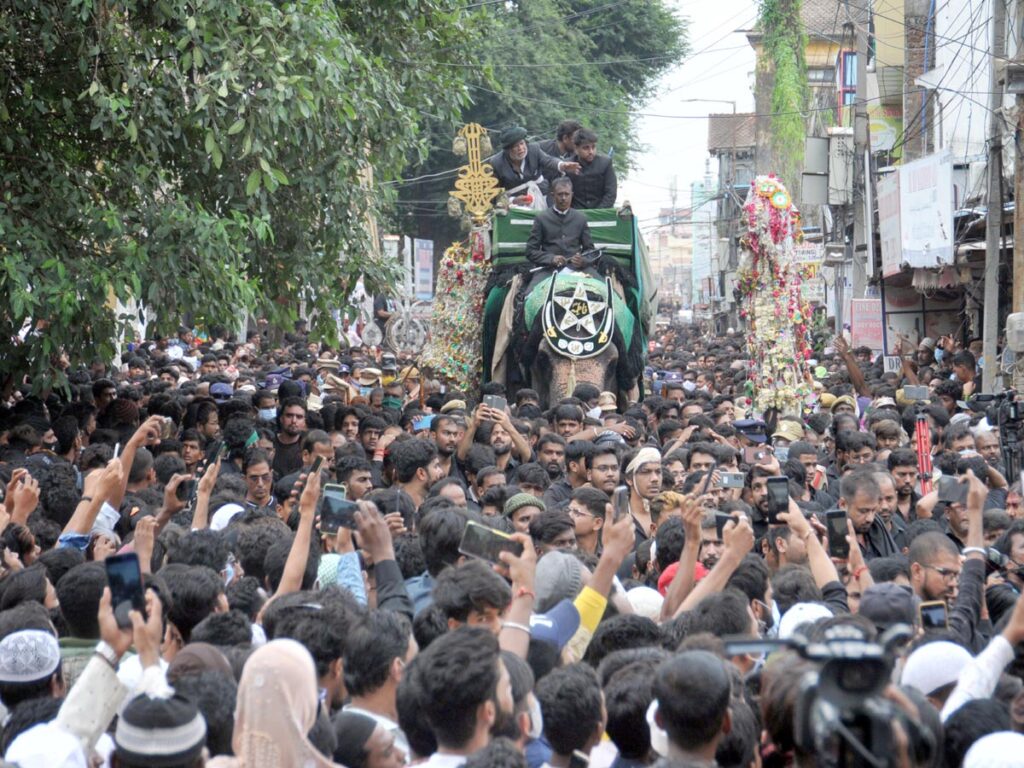
Qutb Shahi influence
Such was the influence exerted by the Qutb Shahis that even the Rajas and Maharajas of their time wholeheartedly took part in Muharram rituals and organised Majlise Azadari (mourning sessions). Not just this. Their flags also carried the image of Zulfeqar, the sword of Hazrat Ali, so important in Shia Islam. As for Hyderabad, the Qutb Shahis procured rare relics like the piece of the wooden plank on which Syeda Fatima, the Prophet’s daughter, was given her final ablution. This important relic, which reached Golconda during Abdullah Qutb Shah’s period, is now enclosed in the Bibi ka Alam. Similarly, a tauq (shackle) placed around the neck of Imam Zain al Abideen when he was taken prisoner by the Yazeed army, now forms part of the Alawa-e-Sartauq Mubarak situated at Darulshifa. Another important relic is the Naal (war helmet) belonging to Hazrath Imam Hussain, grandson of the Prophet. It is popularly known as Naal-e-Mubarak. This Naal is believed to have broken during the battle of Karbala. Passing through several hands it reached Bijapur during the rule of Yusuf Adil Shah and from there it came to Golconda during the reign of Ibrahim Qutb Shah. There are many such historic remnants which are displayed for public viewing during Muharram in Hyderabad.
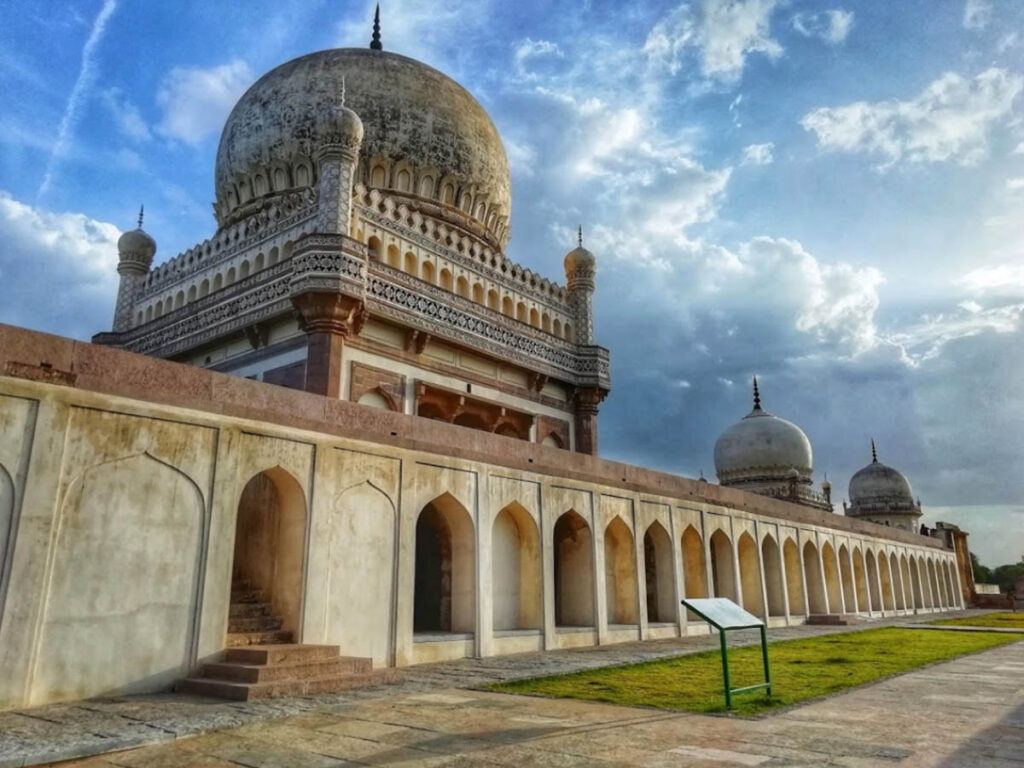
200 Ashoor Khanas in Hyderabad
There are more than 200 Ashoor Khanas in greater Hyderabad, including 140 in the south zone. All of them come alive once the new moon is sighted. Badhshi Ashoor Khana at Patharghatti built by the city founder, Mohmmed Quli Qutb Shah, is the oldest one. Other prominent Ashoor Khanas are Bibi ka Alawa, Alawa-e-Khadme Rasool, Aza Khana Zehra and Husaini Alam Ashoorkhana. During Muharram they reverberate with azadari (mourning) and seena-koobi (chest beating) as the zakareen (orators) narrate in minute detail the events leading to the battle of Karbala which resulted in the martyrdom of Hazrath Imam Husain and 72 others.
The Ashoor Khanas used to serve as a hub of socio-cultural activity during the Qutb Shahi period and were responsible for the evolution of ‘marsiya’, a form of elegiac poem which commemorates the martyrdom and valour of Ahle Bayt, the family of Prophet. It was during the Qutb Shahi period that the art of making Alam started in Hyderabad and then reached North India where it is called ‘Tazia’. One Nizamuddin and his family are believed to have pioneered and perfected this art. There is a lot of meaning and message in the way the Alams are designed. A keen observer can decipher the motto of triumph of truth over falsehood in the design, it is said.
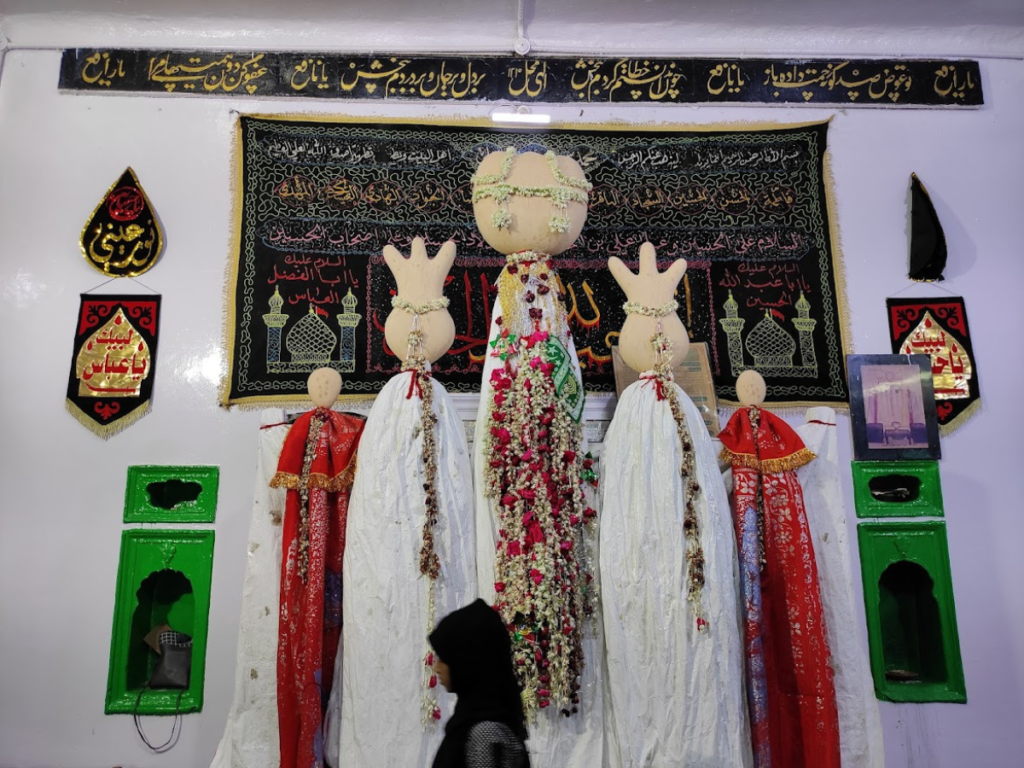
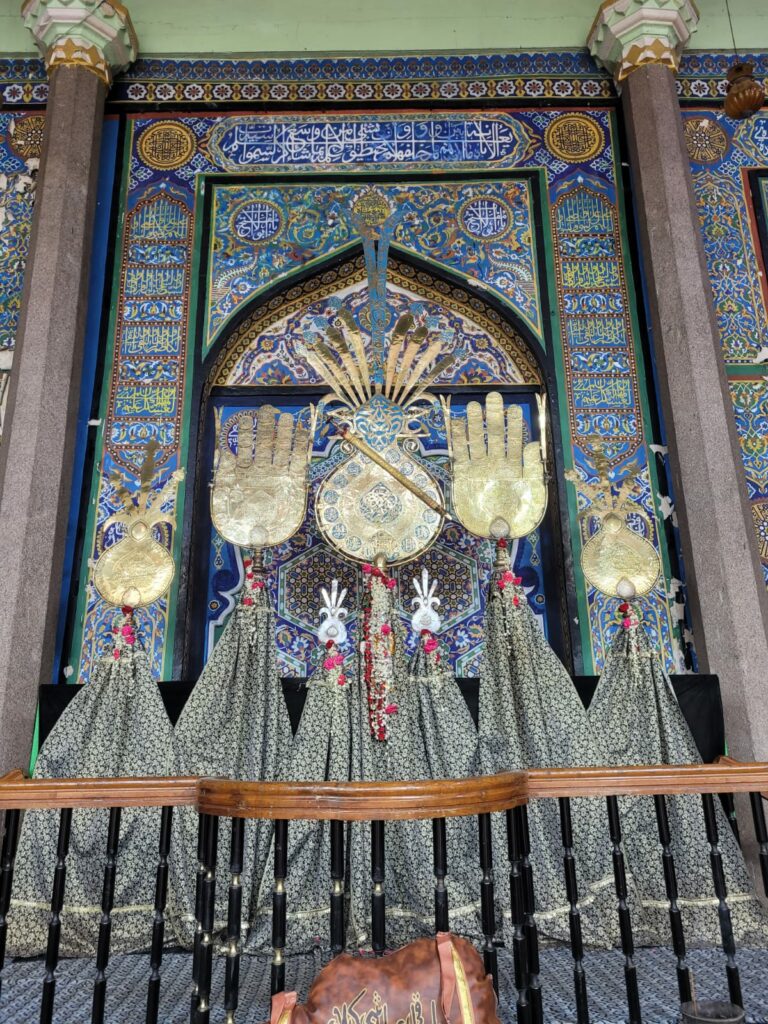
During the Qutb Shahi times the Badshahi Ashoor Khana was decorated with 10,000 lamps placed in 10 rows from the first day of Muharram. The Sultan used to personally visit the Ashoor Khana in the evening attired in a black dress and kindle a row each night. The 6th and 7th Nizam also took active interest in Muharram rites and visited the Ashoor Khanas.
Though foodstuffs have no religious significance, certain victuals like Dum ke Roat, Qubooli and Doodh ka Sharbat have got associated with Muharram. The month of mourning sees many Shia and Sunni households preparing these dishes. Of late Roat has come to represent Muharram as Haleem does Ramzan. Irrespective of faith, people are seen consuming this flat crunchy biscuit. Serpentine queues can be seen before bakeries. Subhan Bakery in Nampally witnesses huge footfalls all through Muharram – more so on the tenth day.

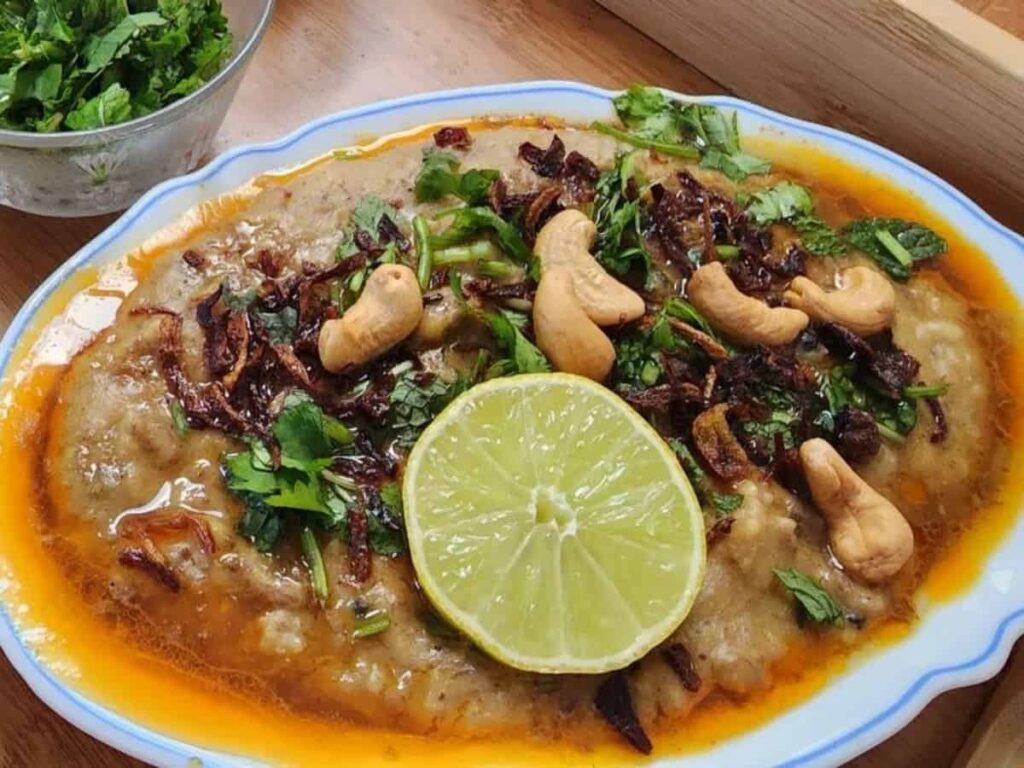
The present wet spell is no dampener to the Shia devotees. All their programmes are going on as per schedule. “We are using waterproof to protect the Alams from rain”, says Syed Hamed Husain Jaffery of Shia Youth Conference. Meanwhile all is set for Youme Ashoora, the high point of the month on Saturday, when the historic Bibi Ka Alam is taken out in a procession. Other Alams also join and the procession culminates at Masjide Ilahi at Chaderghat. For this year the organisers have procured an elephant, Madhuri, from Kolhapur in Maharashtra for carrying the Bibi ka Alam on Saturday.



